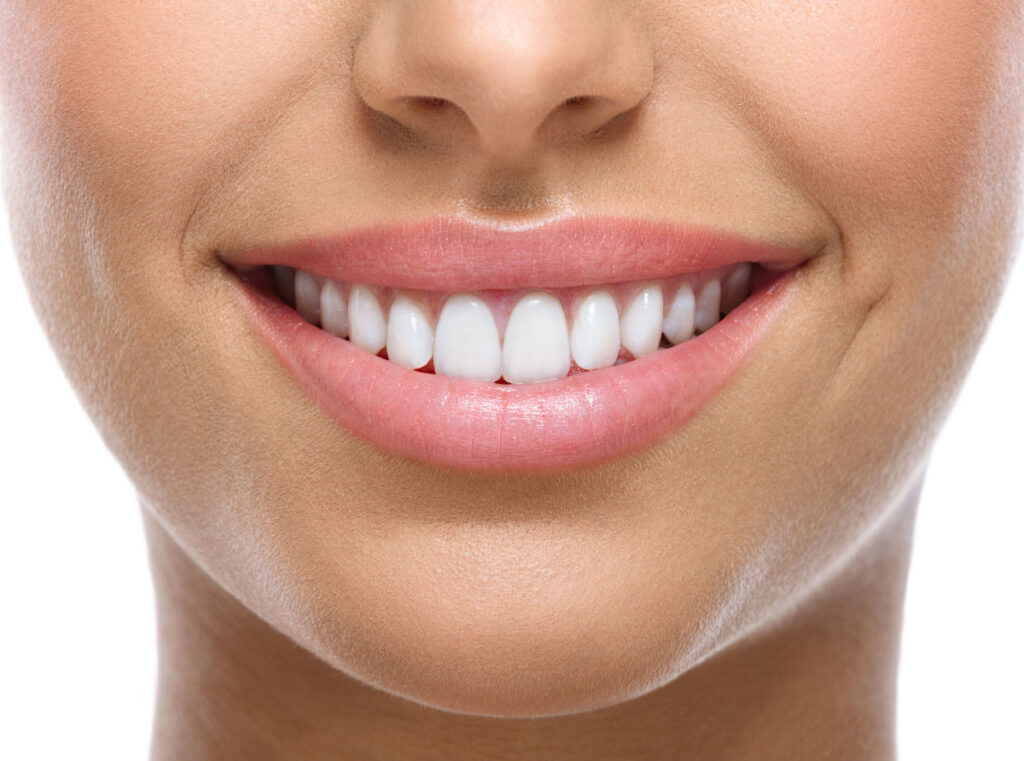AFTERCARE INSTRUCTIONS
MOULDING WHITENING TRAY AND GEL APPLICATION
01
Boil water and place in a bowl, be careful not to burn yourself!
02
Immerse the tray in freshly boiled water for 10-12 seconds. Do not leave for too long, only until the tray has softened
03
Place the tray into your mouth and cover the teeth and close your mouth
04
Suck all the air in the mouth and excess water and create a suction between the tray and your teeth. Press down firmly on the outside of your lips to take shape. Wait 10-15 seconds and remove the tray from your mouth
05
Quickly place the tray in cold cup of water for 10 seconds to complete the curing process and keeping their shape.
06
Repeat this process for the second set of trays.
You can repeat this process if you are not happy with the shape of either tray.
After this process is complete, you need to trim the trays to fit your mouth.

GEL APPLICATION INSTRUCTIONS
Remove the breakaway end cap from the tip of the syringe and keep for recapping. Clean your teeth thoroughly before each use, brush, floss and rinse. Try not to waste the gel. Care must be taken not to overfill the trays, as this will be forced out over your gums when inserted.
Apply a string of teeth whitening gel (0.5ml) along the front outer bottom surface of the trays and the top. Apply only to the areas of the tray that get in contact with the front of your teeth. It is not necessary to lighten the back molar teeth as they are usually hidden when talking or smiling.

HOW LONG SHALL I LEAVE THE GEL ON?
Use for 1-2 hours a day for the first 7 days. The longer you leave the home kit gel in for each session the whiter the results will be. Use 7 days, starting from the following day after your in-clinic session or as advised by your dentist. You can then use it as top-up at your own discretion.
Rinse your mouth with lots of lukewarm water to remove any remaining gel when the trays are removed. Wash the trays with cold water and dry thoroughly with tissue.
HOW DOES THE HOME-KIT WORK?
The whitening gel formula works by soaking into the teeth and gently lifting stains out of the pores. The teeth are made up of outer enamel followed by softer dentin and then the inner nerve. Nutrients and stains pass into the tooth via pores, over time, stains from lifestyle, certain medicine, food and drinking habits cause natural yellowing of the teeth.
It is important to remember that the natural colour of teeth are never pure white. The whitening gel will lighten your teeth but not necessarily remove all internal stains. The gel will not lighten crowns, veneers, fillings, caps or composite bonding- only working on natural teeth.
INGREDIENTS AND STORING YOUR HOME-KIT
Leaving the gel out the fridge once opened can damage the gel, keeping the gel in the fridge ensures the active ingredients stay effective.
Glycerin: Hydrogen Peroxide (6%), Carbomer Menthol.
Glycerin: Thickens and controls the flow of the substance from overextending to the gum tissues.
Hydrogen Peroxide: Fast acting oxidising agent that’s penetrates the enamel to break stain deposit.
Carbomer: Used as a thickening agent and acting as an emulsion stabiliser, preventing the solution from separating.
Menthol: For a more pleasurable taste.
PRECAUTIONS
Immediately remove any gel that encounters the gums with a tissue, Q-tip or wet toothbrush.
If sensitivity occurs, discontinue use for a few days until the sensitivity subsides. If you experience intense sensitivity, fill your trays with sensitive tooth paste such as Sensodyne and wear for a few hours. This toothpaste contains 5% of potassium nitrate which calms the nerve endings inside the dentine relieving any pain from sensitivity.
In rare cases, an allergic reaction to the gel may occur. You will have widespread swelling of the mouth and some discomfort. Discontinue use and contact your dentist.
Keep out of reach of children and pets!
WHITE DIET AFTERCARE INSTRUCTIONS
We have provided a list of foods to help guide your eating and drinking decisions over the next 24-48 hours
(ideally 48 hours).
Multiple studies have been conducted, showing food and beverages we consume have significant effect on the colour of our teeth. However, if you have just had your teeth whitened, they are at a higher susceptibility to staining. Your teeth have pores just like your skin, following your in-clinic laser treatment, the pores on your teeth will be dilated and any stained foods/drinks can absorb into the tooth enamel effecting the results. This is why a white diet should be followed for anyone who has just had teeth whitening treatment.
Teeth are broken up into three distinct parts; the root, the neck and the crown. Since teeth whitening only affects the crown, the part of the tooth you can see, we’ll just focus on this section.
This is the top layer of your tooth and thus, the hardest and strongest part. Naturally, the colour can range anywhere from a slight yellow to a more grey white which is why some people can have whiter teeth than others. The main role of your enamel is to protect the inside of your tooth which contains sensitive nerves. If you consume food that is hot, cold, or acidic, the enamel acts as a guard against it.
Sitting right below the enamel, dentin covers the entire tooth from the crown to the root and connects to the nerves inside. As a second layer of support, it’s elastic structure helps keep your enamel from fracturing while also connecting to the rest of the tooth. However, dentin is also very susceptible to bacteria and decay which is why it needs to be protected by the enamel and gums. If your enamel has eroded or your gums recede, the layer of dentin becomes exposed. This is why people experience pain and sensitivity to certain foods, drinks, and temperatures. Their layer of protection has thinned out and in some cases disappeared completely meaning the nerves are more likely to be irritated.
A white diet mostly helps reduce staining your teeth during this time but it can also help minimise the level of discomfort you feel in your gums.
Teeth whitening often uses hydrogen peroxide to bleach the stained areas thus making them whiter. This process, however, can temporarily expose the dentin layer causing an increase in the sensitivity of your teeth. As mentioned above, the dentin layer is very susceptible to bacteria and erosion which is why it is essential to know what foods to avoid after a teeth whitening.
The process can also cause your soft tissue to become irritated which can be uncomfortable. Fortunately, in almost all cases this is a temporary side-effect which will disappear one to three days after the treatment.
DIET RECOMMENDATIONS
Try to avoid for one month after whitening, smoking, strong coloured foods and drinks such as coffees, teas, curries ect. This will improve the long term results of the whitening. It is always advisable to rinse the mouth after consuming stained drinks and foods.
WHAT YOU CAN EAT AND DRINK
Chicken/Turkey – healthy, light coloured, and acid-free. Chicken or turkey is a great meat to eat in general and especially after treatment
Fish – avoid darker fish, but white fish
Rice – this is a perfect accompaniment for the foods above
Pasta – although pasta is fine, just be sure to avoid sauces that are coloured like tomato sauce or green pesto
White Cheese – just remember to not include wine with this meal
Onion –white onion, red onion does contain some colouring so it’s best to avoid it
Egg Whites – the yoke, unfortunately, has colour so be sure to remove it when cooking your egg
Potatoes – we recommend peeling the skin off and only eating simple white coloured potatoes. Mash potato is also absolutely fine
White Bread – eat as many white slices as desired
Bananas – these are a great snack and pose little risk to the colour of your teeth
Yoghurt – ensure that you eat white yoghurt as coloured yoghurt can contribute to stains
Porridge – feel free to add milk and enjoy a delicious bowl. If you like sugar then to protect your teeth in the 48-hour window we recommend using sweetener instead.
DRINKS

Still / sparkling water

Tonic/soda water

White lemonade

Skimmed milk

Clear alcohol mixed with clear mixers (gin and tonic, vodka).
WHAT FOOD AND DRINKS YOU SHOULD AVOID?
Coffee/Tea both very staining
Wine red wine acidity and dark colours make it a high-risk drink. While white wine can’t stain your teeth itself, the acidity weakens your enamel increasing your vulnerability to other staining foods
Fizzy Drinks acidic and full of colouring, avoid these drinks entirely if possible
Fruit Juices avoid these drinks because of their high acidity
Dark condiments soy sauce, balsamic vinegar, tomato sauce all carry risks for their colour and acidity
Dark Fruits avoid fruits such as blackberries
Curry if you’ve seen how curry stains your pots and pans just think of what it will do to your teeth. Definitely avoid this food after treatment to be safe
Sweets and Chocolate think of the colour of your tongue after eating some sweets. Your teeth are at risk from staining in the exact same way
Tobacco smokers teeth is a common expression for a good reason. We highly recommend avoiding smoking after your procedure so try to use nicotine patches and other products to help you fight the craving.

